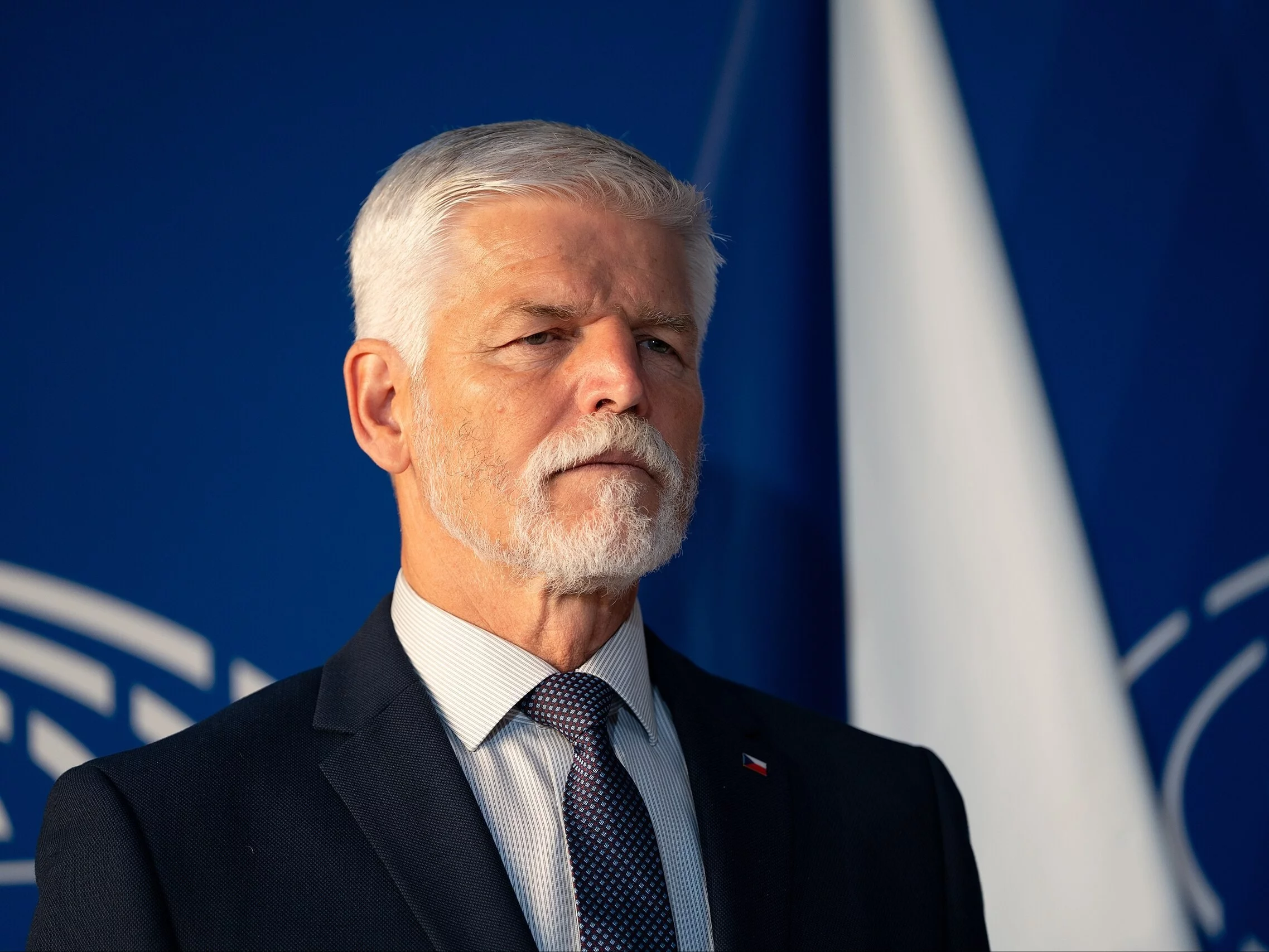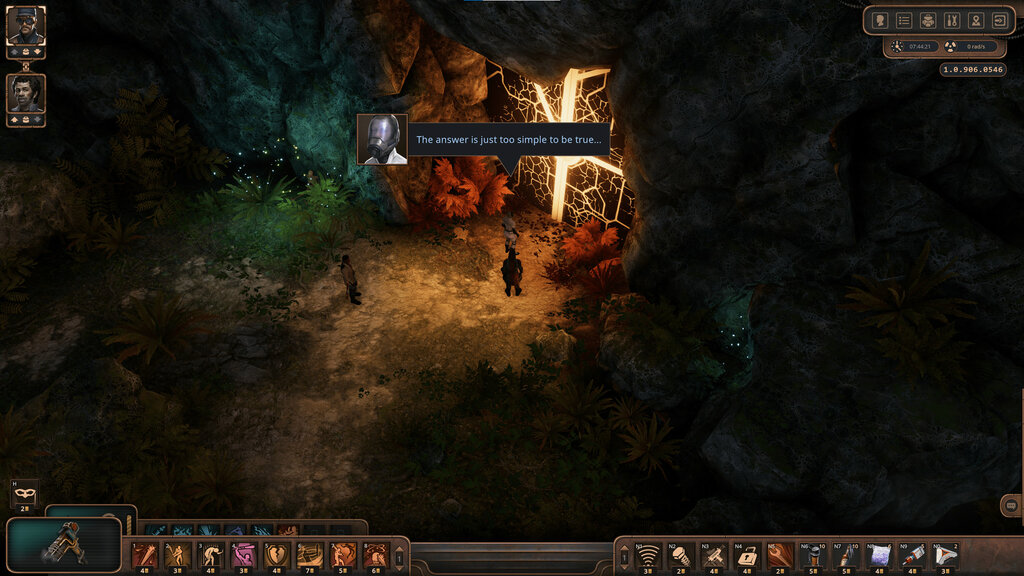Jacek Kowalski: The Long - Reaching Effects of Coronation
Jacek Kowalskihttps://pch24.pl/jacek-Kowalski-departure-effects-corronation/

(Il. A. Bednarski)
Thanks to the coronation of 1025 you have strengthened and crystallized the Nation. After centuries, the memory of the monarchy of the first Piasts merged the Polish irredent with the monarchs of possessive powers and Polish monarchists with the Polish republicans. However, even the 1 who secretly ordered the demolition of the Chrobry Crown had to formally contribute to his mausoleum.
I.
In the autumn of 1795 Russia, Prussia and Austria agreed on the last partition. There was no problem with the Republic: she fell nothing Big dead man.where wasMilion souls (like white poet Franciszek Karpiński). He left the Kingdom problem, which formally lasted from the coronation of Bolesław Chrobry. This was a legal and moral problem for monarchy Europe. The laws of monarchs and the existence of kingdoms were considered inalienable.
Stanislaw August Poniatowski, the last ruler wearing the Chrobry Crown, has helped. In fear of a deficiency of viktium and a right footing, he renounced the royal title, thus signing the conviction on the Polish monarchy. The invaders immediately made a deal to destruct everything, which may remind us of the existence of the Kingdom of Poland.
Notice: the possessors did not want to destruct the Nation (this was to come over time); most of all, they abolished the memory of the far-reaching effects of Chrobry's coronation.
II.
Before Stanisław Augustus stepped down from the throne, the Prussians secretly broke into the Crown vault in Wawel and carried out royal insignia, including the legendary Chrobry Crown. Their destiny remained unknown for many years. In 1811, King Frederick Wilhelm III ordered them to melt down, and from the gold obtained to mint coins to pay the contribution imposed by Napoleon on Prussia. The fact came out many years later.
The existence of insignia threatened the emergence of Chrobry's heirs. They must have disappeared.
III.
After 1798, the Wawel castle was transformed into Austrian barracks. However, this was not adequate for the liquidators: a task was created to convert the cathedral into a garrison church and remove royal sarcophagus from it. They wanted to destruct Polish erstwhile and for all memory and identity. The case was thick, so it was conducted confidentially, searching for a Pole who would desecrate the burials of his monarchs himself. How he found one.
A witness of the era, Ambrose Grabowski, reports:
Insinuacy of this thought was pushed to the priest [to the Wawel canon Sebastian] Orakovsky, to whom she became accessible. At 1 of the gathering of the chapter, he advanced with this project, supporting him with a message that the government would pay the cost of transferring these precious memorabilia and monuments of the past to the reward of bowing to the government's will with PLN 1.5 million. Confused priest Sierakowski added this promise at the request: "Do not be afraid, I undertake to decision everything and arrange without any harm or damage," which outraged everyone and aroused the general aversion... I add that the ashamed capitular left — and the hideous proposicy unfulfilled fell.
IV.
Soon, however, those who wanted to erase the name of the Kingdom of Poland from past had to take care of it in their own interest. This was done by Napoleon Bonaparte, and they sealed – yes, it is worth remembering – the Tsars of Russia. The Polish state revived by the Emperor of France in the form of the Duchy of Warsaw received a king, and after the defeat of the Corsican Tsars decided to enter these shoes. Since then, all Moscow's only rulers – whether they are more weak or more polarist, from Alexander I to Nicholas II – were named kings of Poland. This decision was followed by the formal designation of the continuity of the Polish monarchy and what respect for erstwhile Polish monarchs.
At this point the invaders agreed – yes, it is worth remembering – with Polish rebels. It cannot be surprising, therefore, that erstwhile in 1828 a social fundraising for the construction of the mausoleum of Mieszko I and Bolesław Chrobry – the celebrated Golden Chapel – was arranged in Poznań, they made the most generous contributions: The brightest Mr. Frederick Wilhelm III – 100 ducats. His Majesty Prince of the Crown – 20 ducats. The brightest Emperor of the Universal Rossyi King of Poland – 500 Talers.
History snickering: The first on this list is the man who had the Chrobry Crown drowned. Another is the far-reaching effect of Bolesław's coronation.
V.
Thus for 1 100 and twenty-three years the memory of Polish monarchs lived as a sign of independency of the erstwhile Republic – with silent or loud acceptance of the invaders. Poland's freedom, unlike French freedom, worshipped its kings – just as the enemies of Polish freedom had to worship them, as they were monarchs. rather unusual, looking from outside; but if we look at the eyes of the Polish Republican – natural. Polish kings were indeed the First State in our Republican system. They represented the Republic as its non-negotiable part.
The apogee of this phenomenon appeared most likely in 1869 erstwhile the burial of Kazimierz the large was accidentally discovered in the Wawel Cathedral. At that time, the cathedral organized a re - funeral. The conduct passed through the city in the ace of silent crowds; it was only accompanied by the dramatic beating of church bells.
Józef Ignacy Kraszewski wrote: This coming among the surviving large king of the legislature, reformer, on the grave of Poland torn apart, scattered in dust, with the last Polish crown and the only scepter of ours... had something mystical, like a memory of the past to believe in the future.
The mystical ceremony of the last descendant of Chrobry who sat on the Polish throne is another far-reaching consequence of the coronation of 1025.
VI.
Throughout the age of partitions, the form of the future reborn Republic was designed differently. Monarchical? It's definitely new. Let's callback Adam Asnyk's celebrated sonnet:
Just like you were, you won't get out of the grave!
You won't be born in your old life.;
You must abandon the form of the past rotten,
♪ And now the bugs ♪ ...
But dressed in a king's chariot,
You must enter life with the gate:
You must be different, though you will be the same!
Rzeczpospolita – as monarchs. This monarchist metaphor was acceptable In Republican Poland, which regained independency – it is worth remembering! – as a Kingdom. In evidence, I will callback a paper from my grandfather's archive, Felix Kowalski, who served as an officer of Moscow artillery in the years of the First War. erstwhile the revolution raged, he sought the following Protection Letter:
It is hereby certified that Polish citizen Feliks Kowalski born in 1888 was enrolled in the list of persons under the care of the typical of the Most advanced typical of the Polish Kingdom and that he and his property benefit from the protection of the Polish State.Moscow on September 4, 1918.
It should be recalled that the restored Polish state existed before 11 November 1918 – as the Kingdom. Only on 11 November did the Regency Council hand over power to Józef Piłsudski, starting the Second Republic. Royaldiyadem, or crown, had already appeared on the head of the White Eagle: this was the seal utilized by the Regency Council. From then on, however, the crown of our Eagle ceased to proclaim the restitution of the monarchy, and began to mean the sovereignty and independency of the republic.
Another far-reaching effect of Chrobry's coronation.
VII.
After the alleged “release” Poznań in 1945 my parent Bogusława was able to go to school again after a fewer years of break – this time to advanced school the name of General Jadwiga Zamoyska. shortly the patron was named Less Pious Helena Modrzejewska, and eagles with no crown hang in the classes. My parent told me that at the beginning of all pause on work she was taking chalk and drawing a crown, and the teacher had her erased during class. And over and over.
One more far-reaching effect.
VIII.
The coronation of Bolesław Chrobry, like many another ancient facts of history, began to break distant from its immediate context in the 11th century and began to make fresh meanings. Its current meaning can be compared only to the meaning of the Baptism of Poland. He must yield to him, of course in spiritual order. Besides, you can't overestimate it. All of us. She led us for centuries as a Nation and State – in parallel with the Catholic faith.
Jacek Kowalski















